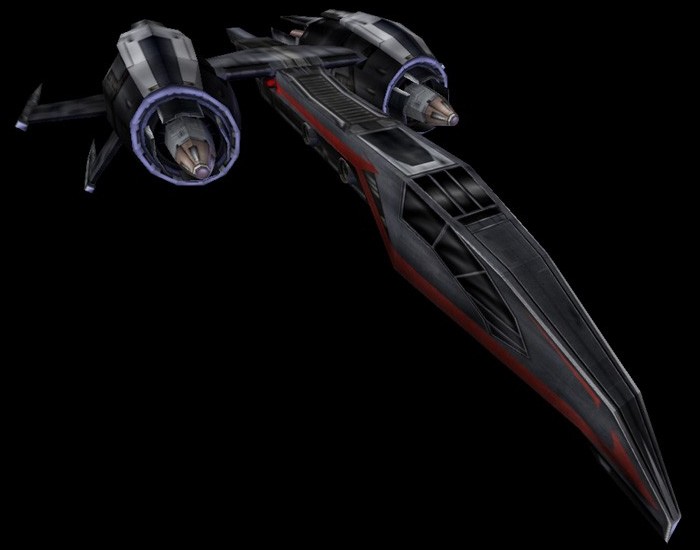Main thing I should think is the model is likely to be low res and very poorly optimized for printing. Optimization for games and optimization for printing are in many ways the exact opposite.
For example: a model for printing needs to be manifold and watertight, meaning it has to be all one contiguous "shell" with no protruding 2d faces/edges or closed off bits inside, and no gaps in the surface. A model for gaming has to be polygon efficient, which means often it's more efficient to have a complex shape be made of multiple intersecting but not contiguous mesh bits. If you look at where the engines attach to the wings: on the gaming model, the engine is likely a separate mesh locally grouped to the wing mesh (or to a common mesh or point with the wing mesh). The wing just kinda phases through the engine like Kitty Pryde, without any of the vertices or edges being connected. This allows the engine to be constructed as a simple radial shape, without having to break up large simple polygons where it meets the wing into smaller ones to form a "hole" conforming to the wing cross section (and similarly, that part of the wing doesn't have to be broken down into more polygons to conform to the curve of the engine body).
This sort of construction will probably be going on all over the mesh, necessitating lots of Boolean intersection and edge clean up work. Though in most modern programs there are built in functions or plugins to make all of that easy, it can still be tedious if it's a complex design. Some programs will enable you to "shrink wrap" a new mesh around the original one, then touch up from there, but that still has complications with the other things detailed below.
Polygon efficiency also means that the model will have lots of really ugly planar curves and simplified details in real life. Circles will be hexagons, that sort of thing. You can clearly see this in the curve of the nose and in the "round" engine bodies and intake aerospikes in the pic Kuchinawa212 posted. You'll want to isolate and subdivide all those to turn them into actual curves.
Thirdly you're going to have quite a LOT of detail which isn't "physically" present on the mesh at all, but rather is created via illusion using the diffuse and normal texture maps. All the various panel lines and depth offsets, the recessed greeblie detail areas on the sides of the engines and main fuselage, the cockpit windows, all that stuff falls under this category. A more modern game might have some of those as mesh detail, but the older the game, the more stingy the model will be.
Normal maps can sometimes be baked into mesh detail (provided you've taken care to preserve the UV mapping), after addressing the polycount on the curves, of course, and if you have the right software you can even generate normal maps from diffuse maps, but that may be getting advanced (or expensive).
TLDR: The model will likely need a lot more work than just a little tweaking to be print-ready. And depending on how the game mesh was built and optimized, building a whole new model from scratch using the game model as a reference layer could be more efficient than trying to "fix" the game model.




